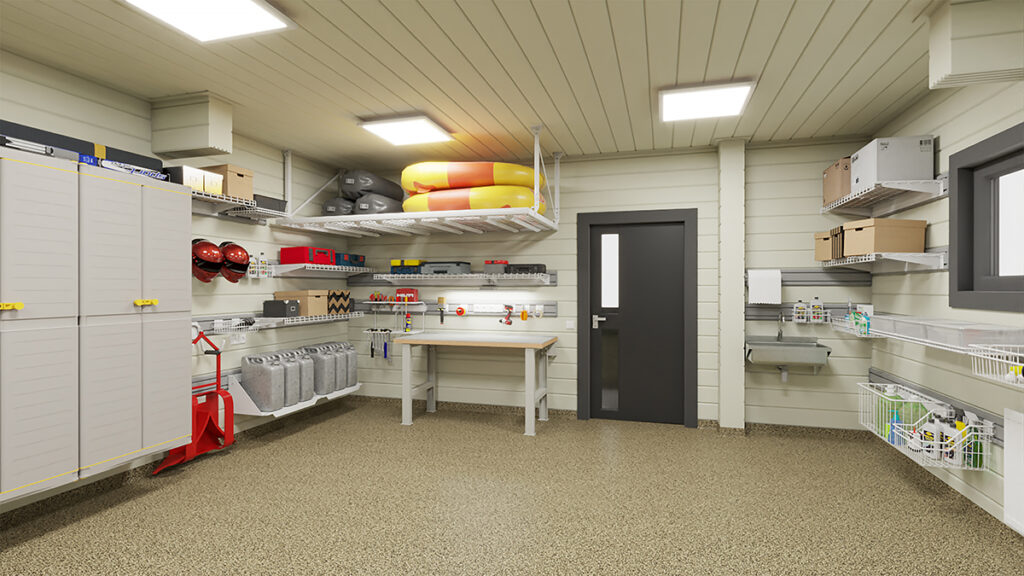Modern interior design has embraced color schemes that blend elegance, warmth, and personality into every space. Homeowners today seek colors that go beyond surface beauty, instead reflecting a lifestyle that values balance and individuality. The shift from monotonous tones toward more expressive shades highlights how contemporary spaces are designed to feel inviting and personal. While minimalism still influences many choices, richer hues are becoming increasingly popular because they add texture, depth, and emotion. By understanding how to integrate these modern tones thoughtfully, any home can transform from ordinary to sophisticated without compromising comfort or functionality.
Successful modern interiors often use colors that create a layered look, blending soft neutrals with striking accents for dynamic visual interest. This balance ensures the room doesn’t feel overwhelmed by boldness or dulled by excessive neutrality. Many designers emphasize thoughtful color pairing because it allows the room to evolve with time, trends, and personal preference. This flexibility is essential for modern living, where spaces often serve multiple functions and reflect both aesthetic and practical considerations. As people move toward expressive living environments, color schemes play a pivotal role in shaping ambiance, mood, and the overall energy of each room.
Using Neutrals to Build Elegance
A key foundation of modern color schemes involves the strategic use of neutrals to build elegance and adaptability. Colors like warm whites, gentle taupes, sandy beiges, and subtle grays offer a versatile base upon which more expressive accents can flourish. Designers frequently rely on these hues because they seamlessly support evolving styles and trends without feeling outdated. They also provide a sense of spaciousness and light, making them ideal for both compact and expansive interiors. When combined with natural lighting, these tones create a soft, balanced environment that complements various design aesthetics effortlessly.
Neutral palettes also serve as an ideal backdrop for layering textures, allowing fabrics, woods, metals, and ceramics to shine. This layered approach enhances visual depth and prevents the space from feeling flat or uninspired. Many homeowners appreciate this because it makes future updates simple—accent colors or decorative accessories can be swapped easily while the base remains timeless. This approach not only ensures practicality but also offers a sophisticated canvas for experimenting with personal style. In modern interiors, simplicity never equals dullness; rather, it encourages elegance through thoughtful restraint and subtle refinement.
Moreover, neutrals contribute to creating calming and restorative spaces, a priority in many modern homes. People increasingly view their living environments as sanctuaries, places where they can unwind after long days. Soft neutral tones naturally support this atmosphere by reducing visual noise and enhancing a sense of harmony. As a result, these color schemes are often used in bedrooms, living rooms, and entryways, where calmness sets the tone for the rest of the home. When layered carefully with accent lighting, they offer unmatched warmth and tranquility that can endure through seasonal or stylistic changes.
Accents That Create Visual Energy
While neutrals provide balance, vibrant accent colors bring energy and individuality to modern interiors. Strategically used, these hues infuse spaces with personality and depth without overpowering the overall design. Rich emerald greens, mustard yellows, bold terracottas, and deep navy blues have become favorites for modern color schemes, offering both warmth and sophistication. By adding these tones to a feature wall, a piece of furniture, or even textiles like rugs and cushions, homeowners can create memorable focal points. This method allows them to embrace contemporary trends without committing to an entire room makeover.
The rise of accent tones aligns with how modern spaces are designed for flexibility and layering. Many homes now feature open-concept layouts where color helps define zones without physical barriers. A soft beige living space, for instance, may transition into a kitchen with rich forest green cabinetry, subtly delineating functional areas through contrasting colors. This approach allows the home to feel cohesive yet full of character, proving how color schemes can guide both form and emotion within an environment. Strategic use of accent colors turns ordinary rooms into sophisticated, purposeful living spaces.
As homeowners explore options for elevating their spaces, many consider high-quality décor essentials to enhance these accent tones. Choosing carefully selected pieces ensures every detail works harmoniously within the broader design. Homeowners often look for curated collections, such as home products to buy in Wiggins, that complement these evolving styles seamlessly. These additions often include carefully crafted lighting, textiles, and accessories designed to enhance interior tones with elegance and precision. This integration of décor and color proves that thoughtfully chosen products can bring any modern color palette to life beautifully.
Nature-Inspired Shades for Tranquility
Modern color schemes increasingly embrace nature-inspired shades to create serene, grounding environments that promote well-being. Soft sage greens, warm clay tones, muted blues, and earthy ochres reflect the tranquility of natural landscapes. These hues connect interior spaces to the calming rhythms of the outdoors, offering visual comfort in an increasingly fast-paced world. Unlike louder tones, nature-inspired colors soothe rather than overwhelm, making them ideal for bedrooms, reading nooks, and quiet corners. They have become integral to biophilic design principles, which emphasize harmony between human living spaces and the natural environment.
Nature-inspired shades pair beautifully with organic materials like wood, stone, linen, and cotton. This combination creates a tactile and visual connection that enhances the sense of grounding. Many designers use these tones to achieve seamless transitions between indoor and outdoor spaces, especially in homes with large windows or garden-facing rooms. By integrating these color schemes, interiors feel less artificial and more emotionally balanced. This holistic approach transforms living spaces into restorative retreats that encourage relaxation, mindfulness, and deeper appreciation of the surrounding environment.
Another advantage of these tones is their timeless appeal. Unlike certain trendy colors that quickly fall out of favor, earthy greens, warm terracottas, and soft blues maintain their charm across years and styles. This enduring quality makes them particularly valuable for homeowners seeking longevity in their interior design choices. Their adaptability also ensures they work with various aesthetics, from Scandinavian minimalism to rustic charm and contemporary elegance. Designers frequently highlight these colors as dependable yet expressive tools for creating calming yet distinctive interiors.
Balancing Boldness with Subtlety
The key to mastering modern color schemes lies in achieving the perfect balance between bold expression and subtle sophistication. While vibrant tones and daring contrasts bring personality, subtle hues ground these elements, ensuring spaces remain cohesive and livable. A room painted entirely in bright red might feel overwhelming, but when paired with creamy white trim and muted furnishings, it transforms into a striking yet balanced space. This careful interplay between strong and soft colors allows homeowners to express themselves while maintaining timeless elegance. Successful modern interiors rely on this nuanced understanding of color harmony.
Designers often approach this balance through layering and strategic placement. Rather than overwhelming an entire room, bold shades are introduced in controlled doses, like a single accent wall, statement rug, or curated furniture piece. These elements bring vibrancy while respecting the surrounding neutral palette. This technique ensures longevity because smaller, expressive pieces can be updated over time without requiring a full renovation. By treating bold colors as evolving accessories rather than permanent fixtures, homeowners can adapt their interiors gracefully to future trends.



